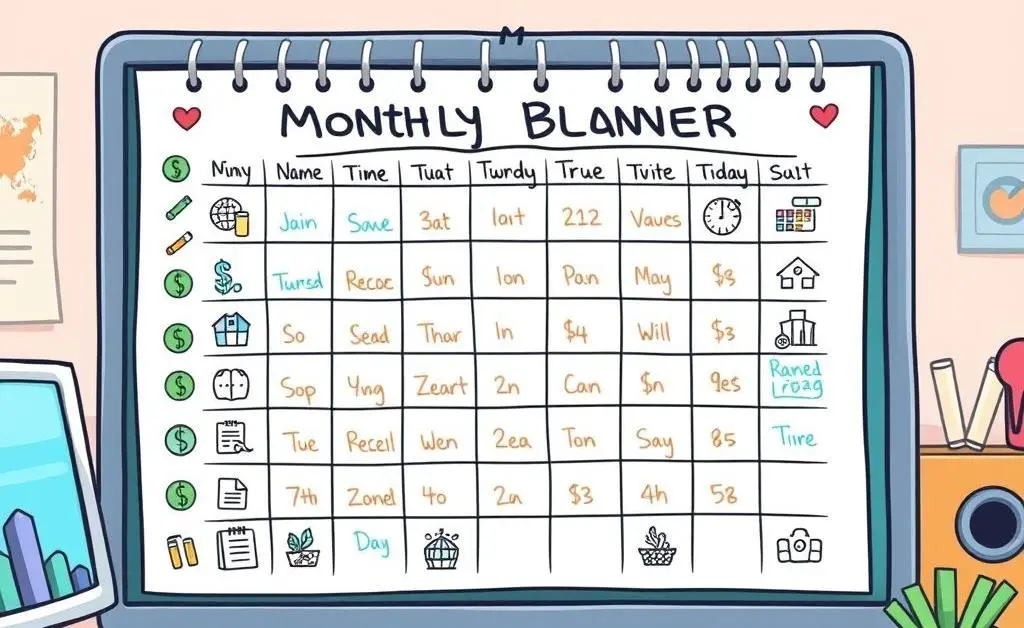Cracking the Code of Personal Finance: Simple Steps to Get Started
Learn how to navigate the world of personal finance with practical, easy-to-follow steps.

Hey there! So, you’re venturing into the world of personal finance. Maybe you're wondering, 'Where do I even start?' Trust me, we’ve all been there, staring wide-eyed at our bank statements, wondering how to make smart money choices without feeling overwhelmed.
First Steps in Budgeting
Let's kick off with budgeting. Imagine it as the roadmap to your financial journey. Budgeting is essentially telling your money where to go rather than wondering where it went. Start by tracking your expenses for a month to understand your spending patterns. You’ll be surprised at what you discover!

Why Track Expenses?
Tracking helps in identifying habits you might not be aware of. Spending $4 on coffee every day? That’s over $120 a month! When you know your habits, it’s easier to tweak them and align with your financial goals.
Dipping into the World of Investing
Now, onto investing—which might sound daunting, but doesn’t have to be. Start small. Play it safe with index funds or ETFs if you're a beginner. The key is to get started and learn as you go.

Investment for Beginners
Your best bet is to keep things simple. Consider avenues like a high-yield savings account to let your money earn interest, or perhaps stocks and bonds if you're feeling adventurous. Your investment strategy should reflect your comfort with risk.
Setting Achievable Financial Goals
I can’t stress enough how vital goal-setting is in personal finance. Whether it’s buying a house, saving for retirement, or just having a buffer for emergencies, goal-setting gives you a target to aim for.

How to Set Goals
Make your goals specific, measurable, achievable, relevant, and time-bound (SMART). For example, instead of saying, 'I want to save money,' say, 'I will save $5,000 by the end of the year for an emergency fund.'
Wrapping It All Up
In the end, personal finance is about making informed choices and being proactive. The more you understand your financial habits, the more control you’ll have. So, take that first step—track your expenses, explore investments, and set those goals. Where do you plan to start on your personal finance journey? Let me know in the comments!




